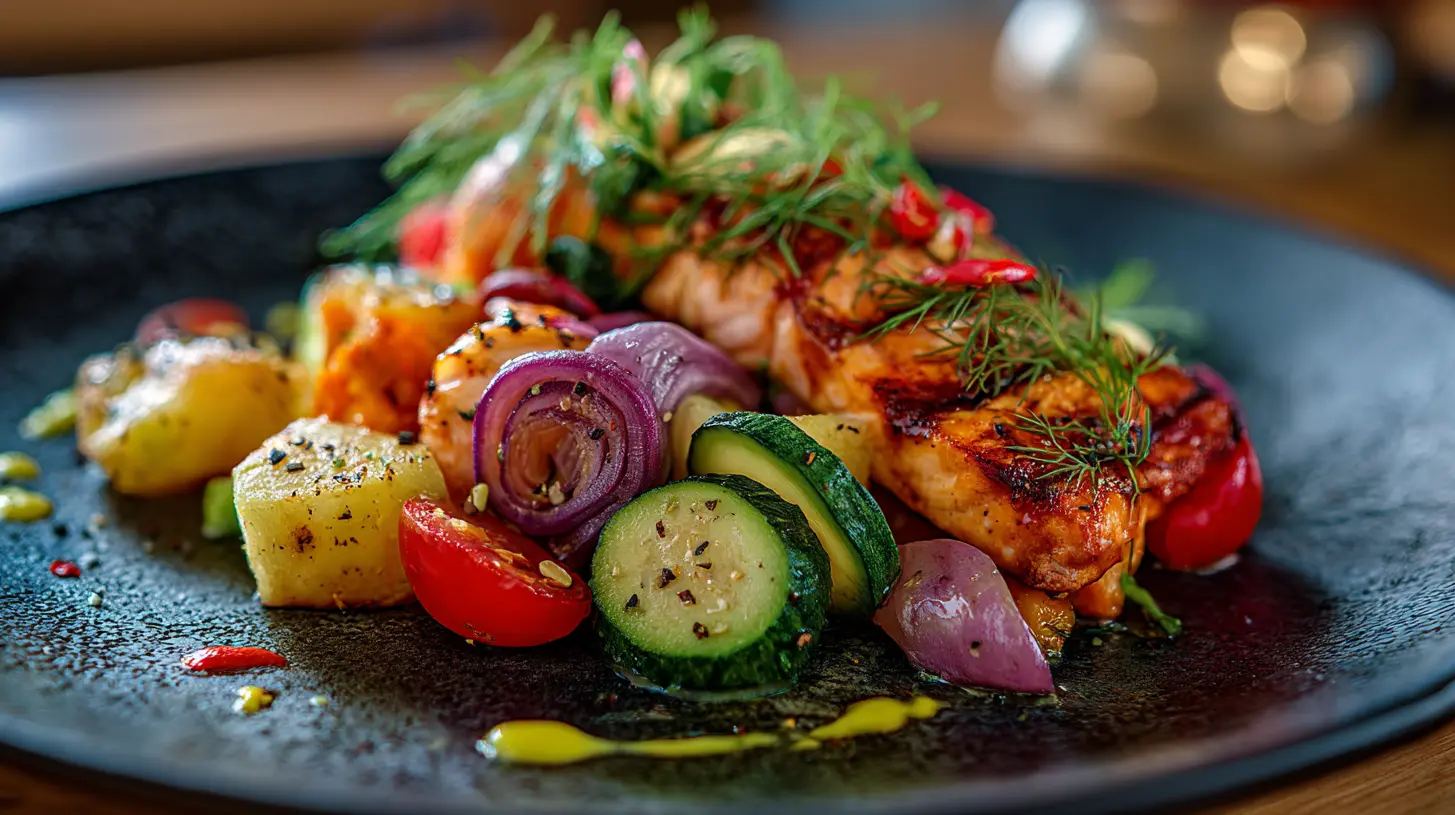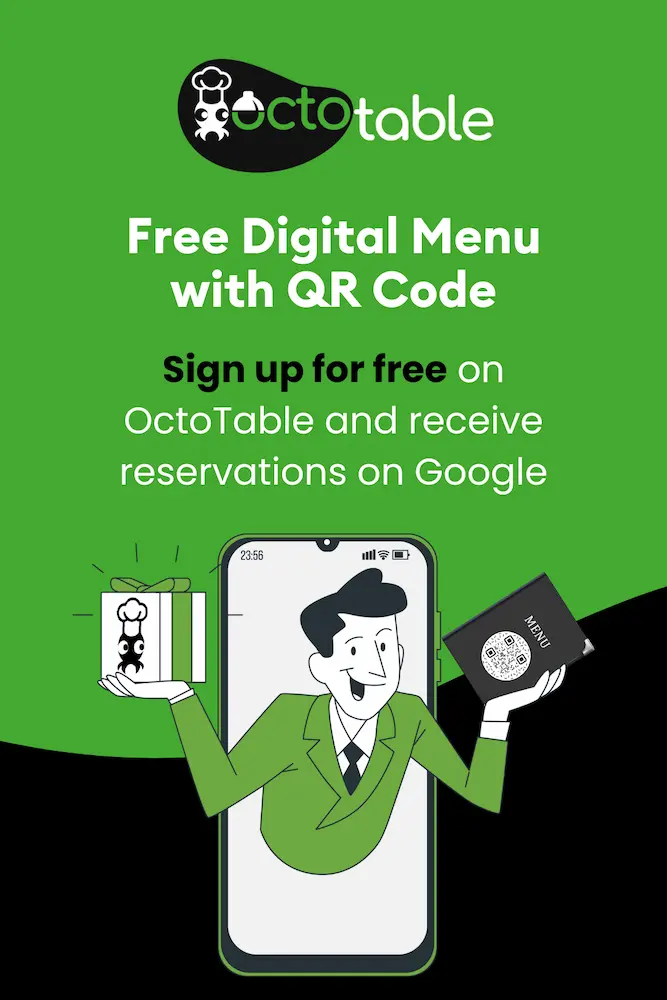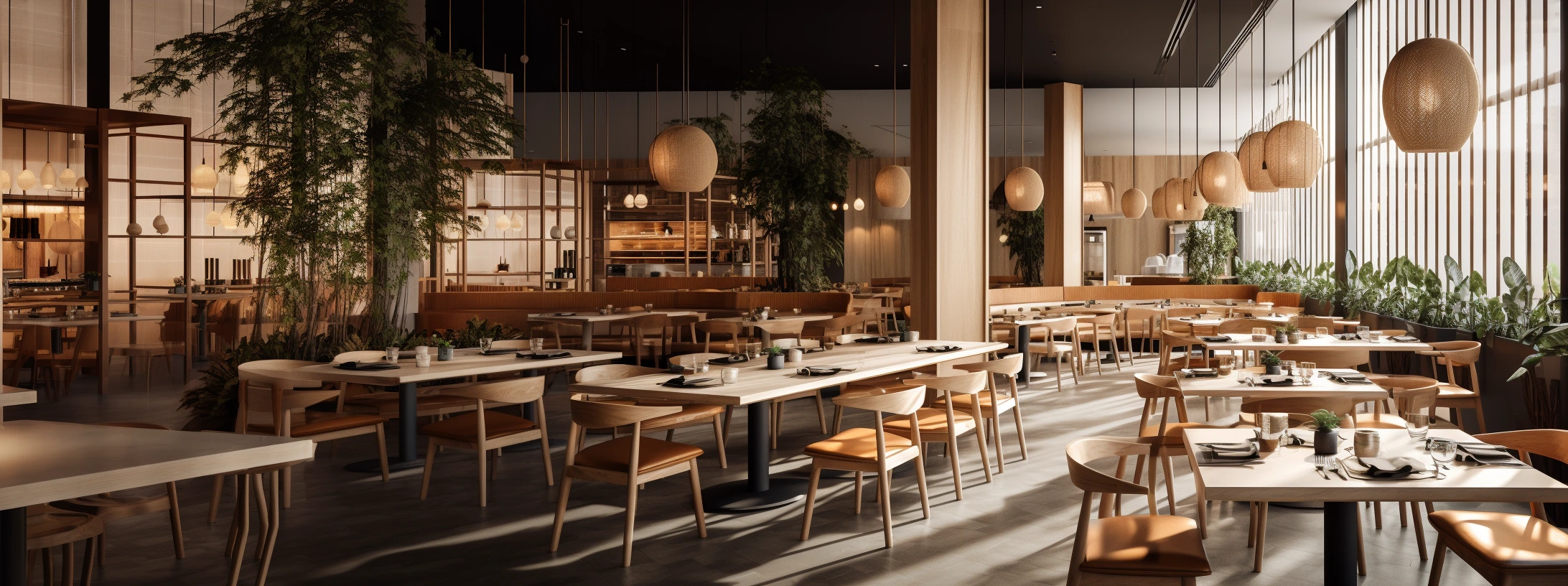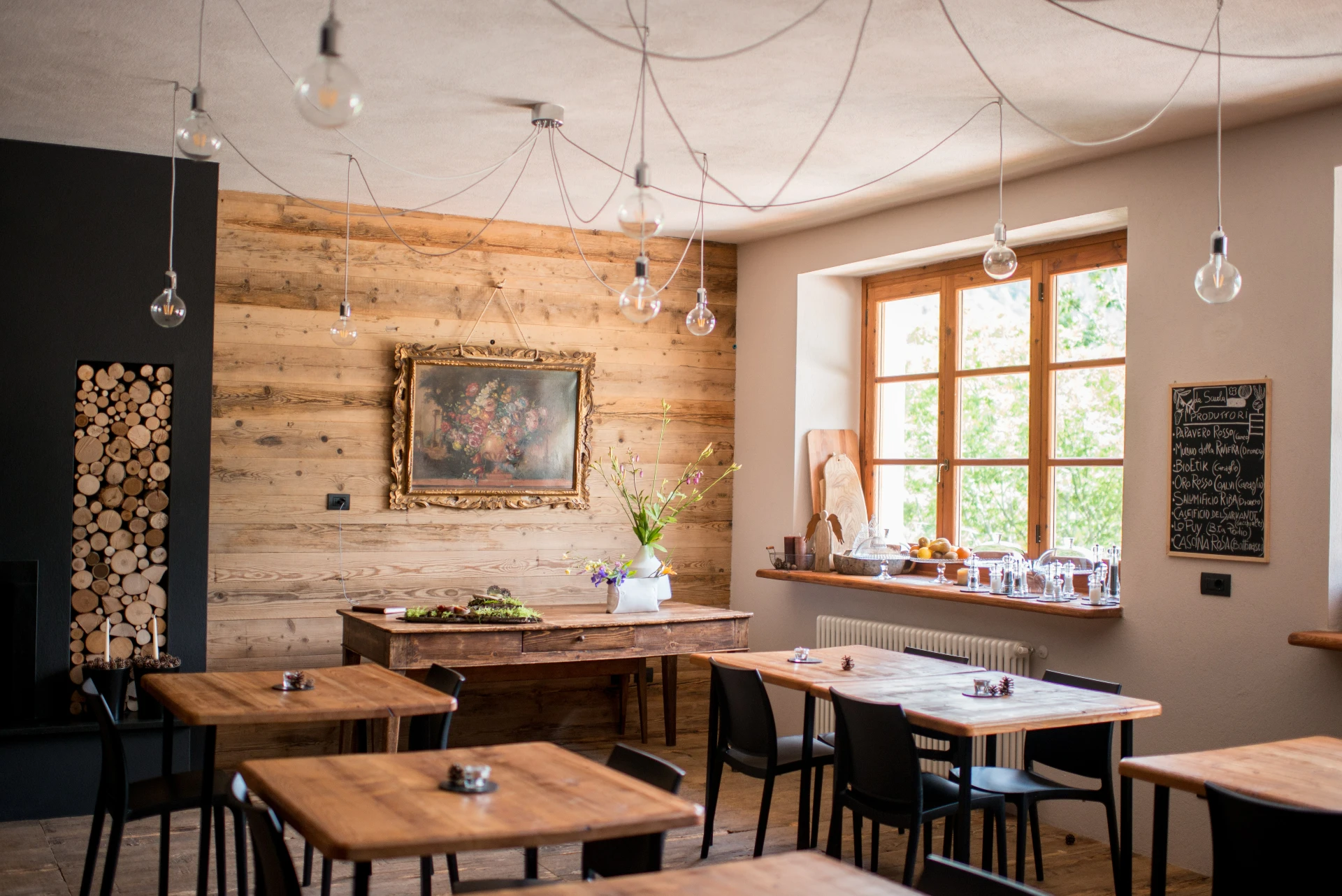A digital menu for restaurants is not simply a PDF version of a paper menu. It’s an interactive system accessible via QR codes, apps, or dedicated devices, capable of revolutionizing the daily management of a restaurant.
In 2025, this technology has become a cornerstone for those who want to reduce waste, optimize service times, and dynamically adapt to customer needs. But why is it dominating the industry?
Benefits of digital menu
The adoption of a digital menu for restaurants radically transforms operations behind the counter. Let’s take a common example: during peak hours, a waiter no longer has to run between tables to communicate that a dish has run out.
With real-time updates, the system automatically modifies availability, avoiding embarrassing situations. This is just the beginning.
- Operational efficiency: 30% reduction in ordering errors (data from 2024 industry reports) and 20% shorter waiting times. Staff dedicate more energy to customer service rather than correcting discrepancies between kitchen and dining room.
- Real-time updates: Modifying prices, adding seasonal ingredients, or promotions becomes immediate. Without printing new menus, restaurants save up to €500 monthly in printing costs for an average restaurant.
Surprising statistics
According to a study conducted in 2024, the adoption of digital menus in restaurants led to a significant improvement in information clarity, with a positive impact on customer reviews.
Flexibility and personalization
Imagine a restaurant that offers different dishes for lunch and dinner. With a digital menu, this flexibility requires no logistical effort. Just program the display times for courses. In Japan, many restaurants exploit this functionality.
Advanced personalization is another competitive advantage. A lactose-intolerant customer can view only options suitable for their needs, while a foreign tourist accesses translations in 10 languages. These features aren’t futuristic: they’re already integrated into the best digital menu templates for restaurants.
Impact on customer experience
A study by the Polytechnic of Milan highlights how the use of a restaurant digital menu positively influences the perception of the establishment. 72% of respondents associate technology with greater professionalism and attention to detail. It’s no surprise that restaurants with digital menus record a 15% increase in repeat bookings.
But there’s more. Interactive menus allow the integration of high-resolution photos, dish videos, or wine-food pairing suggestions. In France, some establishments have experimented with descriptions narrated by chefs, creating a multisensory experience that paper menus could never offer.
Global adoption and emerging trends
In English-speaking markets, 43% of restaurants have already adopted a restaurant digital menu as their primary tool. In Italy, growth is slower (+18% annually), but early adopters are reaping significant results. A Roman restaurant reduced food waste by 40% thanks to customer preference tracking through the digital menu.
Attention, however: the transition requires planning. A poorly designed digital menu (with slow loading or confusing interface) can damage the restaurant’s reputation. That’s why the most effective templates combine minimalist design and response speed, ensuring a smooth experience even during peak hours.
The real revolution? Data. Every interaction with the restaurant digital menu generates valuable information: most clicked dishes, average decision time, seasonal preferences. These insights allow optimizing inventory, planning targeted promotions, and even conceiving new dishes based on emerging trends.
Those who fear losing “human contact” can find balance. Some establishments in Spain use tablets positioned on tables, where customers order autonomously but can call the waiter with a button. Result: teams more focused on service quality and customers who appreciate autonomy.
Now is the time to act. Restaurants that ignore the potential of digital menus risk falling behind in an increasingly competitive market. The question to ask isn’t “if” to implement it, but “how” to do it strategically and consistently with one’s identity.
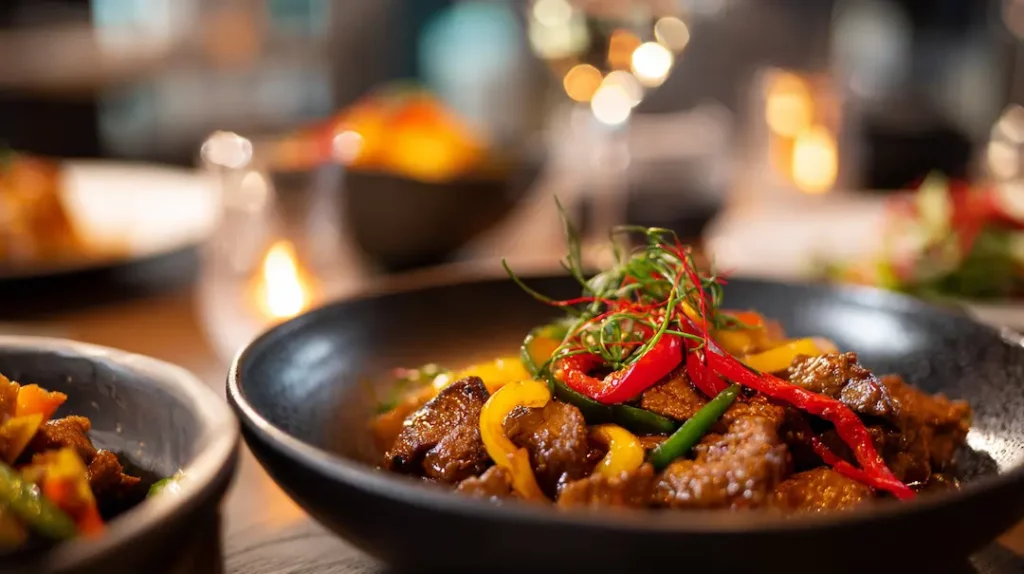
Key features of a digital menu for restaurants
A digital menu for restaurants that works doesn’t just replace paper. It must solve concrete problems: confused customers, wrong orders, update difficulties. But how do you distinguish a well-designed system from a simple digital list? Let’s analyze the elements that make the difference.
Interactivity and personalization
The most effective templates for a restaurant digital menu transform consultation into a dialogue. Let’s take a real case: an Osaka restaurant integrated allergen filters activatable with a tap. Result? Ordering errors reduced by 45% in three months. Here’s what’s needed:
- Language options: A German tourist and a local must have the same experience. The best restaurant digital menus offer translations in 8-12 languages with sector glossaries. A Barcelona restaurant increased foreign customer orders by 30% after activating this function.
- High-quality images: Grainy photos or poorly lit dishes discourage orders. A 2024 study reveals that descriptions with professional images increase sales by 22%. Advanced templates allow uploading galleries with detailed zoom and preparation videos.
Advanced personalization is the truly revolutionary element. A celiac customer automatically views only gluten-free dishes, while a wine enthusiast receives pairing suggestions. In Denmark, some establishments use algorithms based on customers’ historical preferences, generating unique menus for each table.
Speed and accessibility
A slow or unintuitive digital menu for restaurants worsens the experience. During tests on 50 devices, templates with loading under 2 seconds recorded 90% completed interactions. What to observe:
- Responsive design: Layout adapts to any screen, from mobile to table tablet. A Milan restaurant reduced average ordering time by 15% by optimizing button sizes.
- Screen reader compatibility: 12% of users have visual disabilities. Integrating audio descriptions increases accessibility and aligns the establishment with international standards.
Beware of technological trends. A Paris restaurant experimented with complex scrolling effects, slowing operations by 40% during peak hours. The best templates balance aesthetics and functionality.
Integration with existing systems
An isolated restaurant digital menu creates double work. The most advanced systems synchronize inventory, POS, and reservations in real-time. Example: when an ingredient runs out, the menu automatically removes it from all platforms.
- Centralized updates: Modify a price on 50 devices in 3 seconds. A Tokyo restaurant leveraged this feature to launch limited-edition menus changing offers every two hours.
- Data analysis: Discover that 68% of customers click on dessert photos before ordering. These insights guide decisions on layout and promotions.
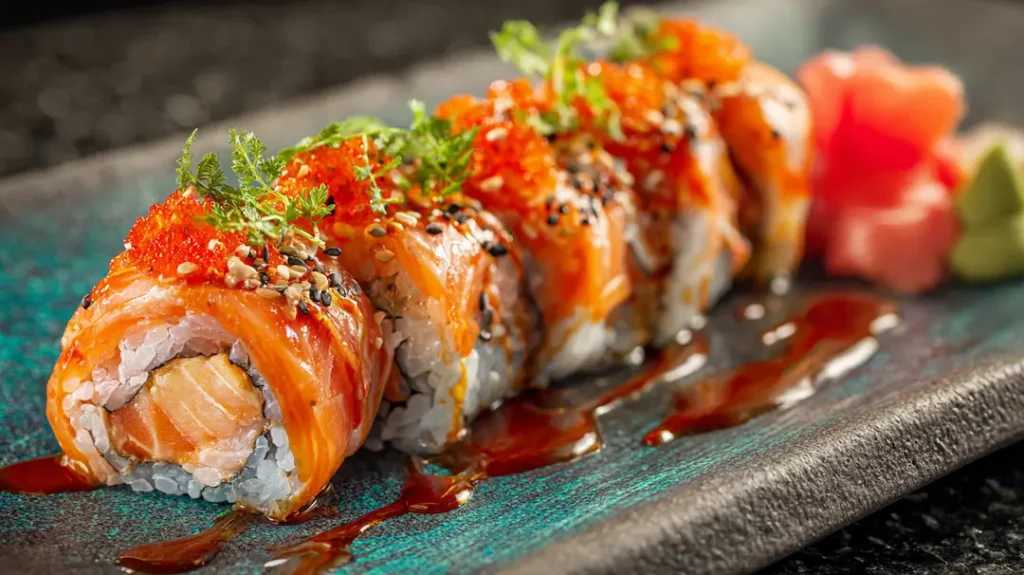
Benefits for customers and restaurateurs
The restaurant digital menu isn’t a simple technological trend: it’s a bridge between customer needs and restaurant management objectives. But how do these advantages translate concretely? Let’s analyze the data.
Customer experience
Imagine entering a crowded restaurant. With a restaurant digital menu, just two taps filter vegetarian dishes or display the week’s most ordered courses. This immediacy reduces decision stress by 27%, according to a 2024 study conducted in Austria.
- Ease of use: Optimized templates allow navigating the restaurant digital menu in an average of 15 seconds. A test on 200 users found that 92% prefer scrolling through high-resolution images rather than reading text lists.
- Access to detailed dish information: Descriptions with calories, allergens, and ingredient origins increase customer confidence by 68%. In Germany, a restaurant recorded +40% vegan dish orders after integrating detailed technical sheets.
But there’s more. Customers can now:
- Save favorites for future visits
- Share dishes on social media directly from the menu
- View average waiting times for each course
An emblematic case? A Barcelona establishment introduced a digital menu for restaurants with chef tutorial videos. Google reviews went from 4.1 to 4.7 stars in six months, with recurring mentions like “transparency” and “professionalism.”
Reduction of operational friction
For restaurateurs, the restaurant digital menu acts as a silent conductor. A 2024 survey reveals that 73% of establishments halved conflicts between dining room and kitchen thanks to automatic availability updates.
Here’s how it changes the game:
- Accelerated training: New waiters learn the menu in 3 days instead of 2 weeks
- Reduced complaints: Ordering errors dropped from 18% to 5% in establishments with digital menus
- Intelligent upselling: Suggestions based on previous orders increase average receipt value by 22%
Let’s take a real example. A Roman restaurant integrated an ingredient reservation system into its restaurant digital menu. When a product becomes scarce, the system automatically proposes alternatives to the customer. Result? 31% reduced waste and no dish left off the menu by mistake.
Loyalty through personalization
65% of customers return to establishments that remember their preferences. With a restaurant digital menu connected to CRM systems, it’s possible to:
- Show personalized menus on second access
- Offer discounts on frequently ordered dishes
- Notify when a preferred ingredient is in season
A Hamburg restaurant experimented with this approach: 44% of registered customers made at least 3 visits in six months, compared to a previous average of 18%.
Balance between technology and human warmth
There’s a myth to debunk: the restaurant digital menu doesn’t replace staff, it enhances them. In a Parisian establishment, waiters use menu data to recommend more targeted pairings. “Now we spend more time interacting than correcting errors,” says an employee.
The real revolution? When technology and tradition collaborate. A traditional Kyoto restaurant maintained the paper menu as an option, but 83% of customers still choose the digital version. Why? For convenience, certainly, but also for that aura of innovation that doesn’t clash with century-old dishes.
Now the ball is in the restaurateurs’ court. Implementing a restaurant digital menu requires planning, but the numbers don’t lie: those who invest in these solutions see tangible returns within the first year. The question is no longer “why,” but “which system to choose for my identity.”
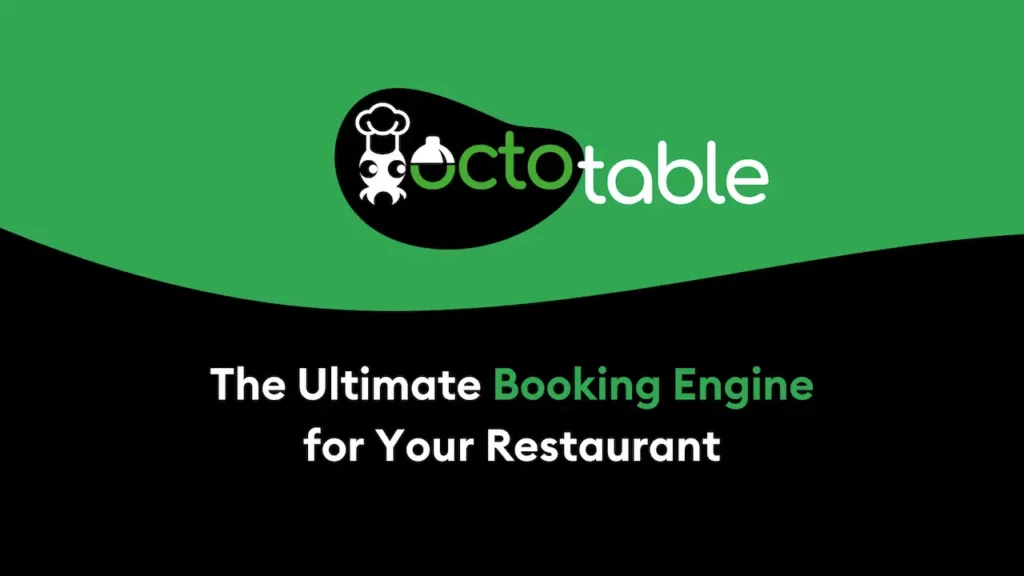
Simplify your restaurant management with OctoTable
The future of food service is digital, and with OctoTable, you can make your customers’ experience even more fluid and personalized. Thanks to our restaurant management platform, you can optimize your digital menu for restaurants, reduce ordering errors, and gain valuable insights to improve your daily operations.
Additionally, you can improve reservation management and leverage innovative solutions like restaurant websites, creating a professional online presence for your establishment. With the ability to book through Google, you reach a wider audience and increase your restaurant’s visibility simply and effectively.
Discover how OctoTable can help you transform your restaurant into a more efficient, modern operation that’s attentive to your customers’ needs.
Frequent Asked Questions
A digital menu is an electronic version of the traditional paper menu, accessible via QR codes, apps, or dedicated devices. It allows customers to browse options interactively and in a personalized way, reducing ordering errors and improving service efficiency.
The main benefits include reduced ordering errors, real-time availability updates, the ability to personalize the customer experience (such as filters for allergens and dietary preferences), and significant savings on printing costs. Additionally, customers appreciate easy access to information, increasing their satisfaction and positive reviews.
Digital menus allow tracking customer preferences and monitoring inventory in real-time. For example, when an ingredient is about to run out, the system automatically removes it from the menu, preventing the preparation of dishes that cannot be served. This approach helps reduce waste and optimize inventory.
Yes, digital menus can be used in any type of restaurant, from fast food to fine dining. The system’s flexibility allows it to adapt to different needs, whether dealing with restaurants with a fixed menu, those that change frequently, or establishments offering seasonal menus.
OctoTable offers an integrated platform that synchronizes the digital menu with the reservation management system, allowing customers to view availability, place orders, and book tables with a single click. Real-time synchronization eliminates errors and optimizes workflow.
Digital menus are designed to be intuitive and easy to use. Even customers who aren’t tech-savvy can navigate easily thanks to the interface’s simplicity and clear information. Additionally, menus can be made accessible in different languages and with audio options to make the experience even more user-friendly.
A digital menu can enrich the customer experience with detailed dish descriptions, high-quality photos, and personalized suggestions based on preferences. Furthermore, customers can browse the menu in different languages and filter options by allergens, dietary preferences, and price ranges, offering a tailored service for every need.

